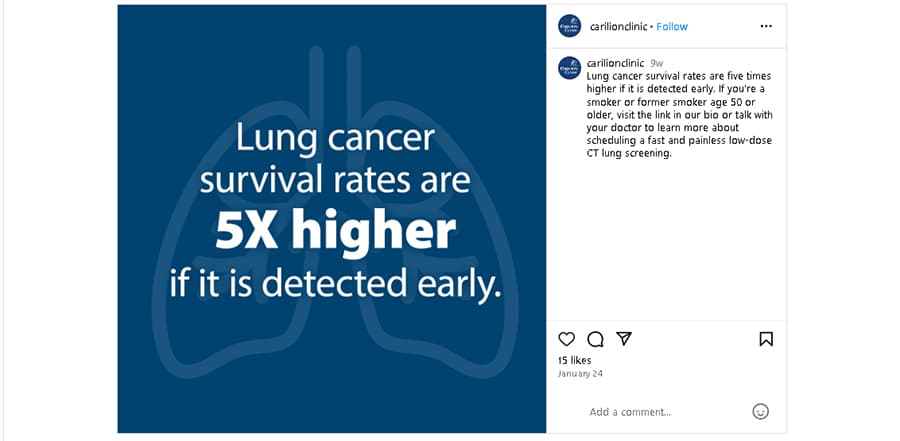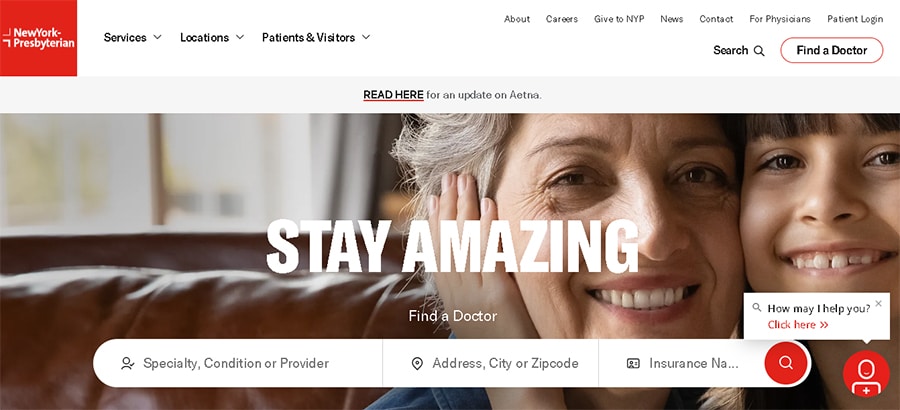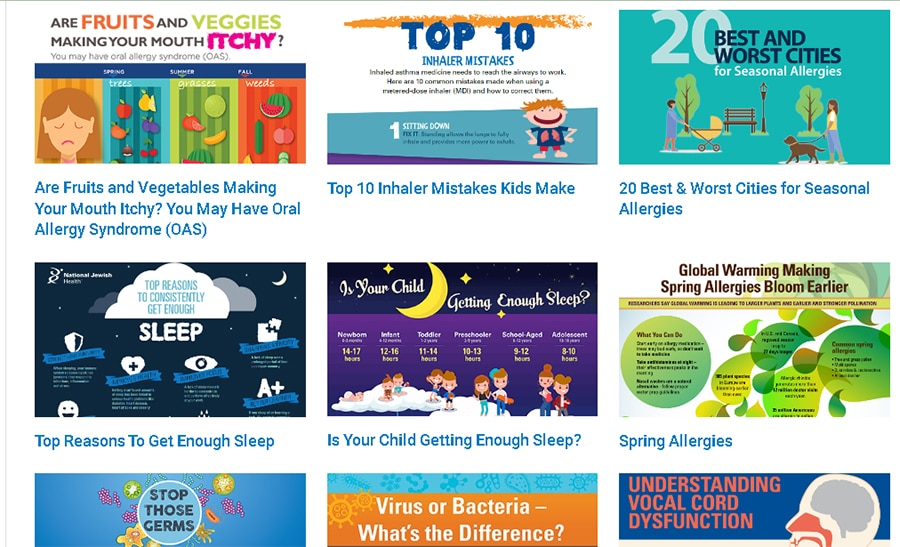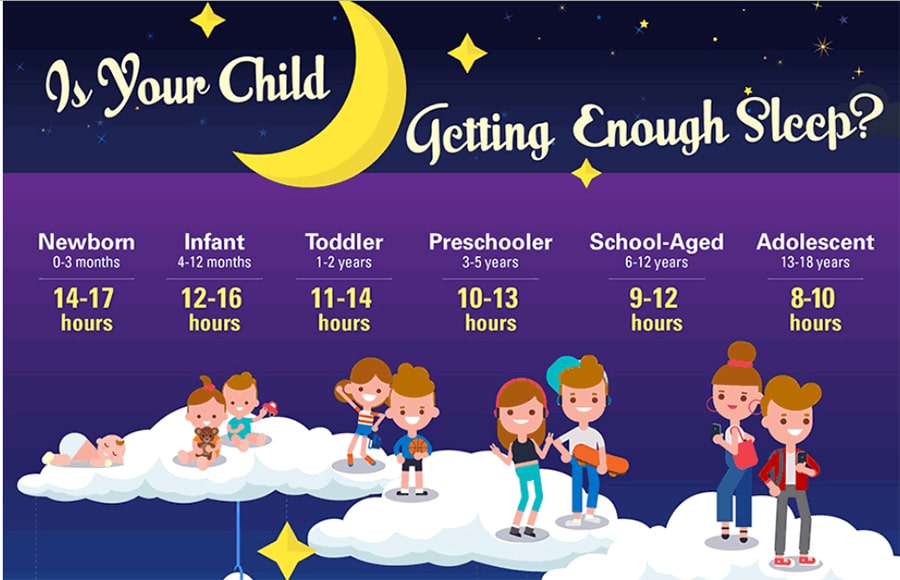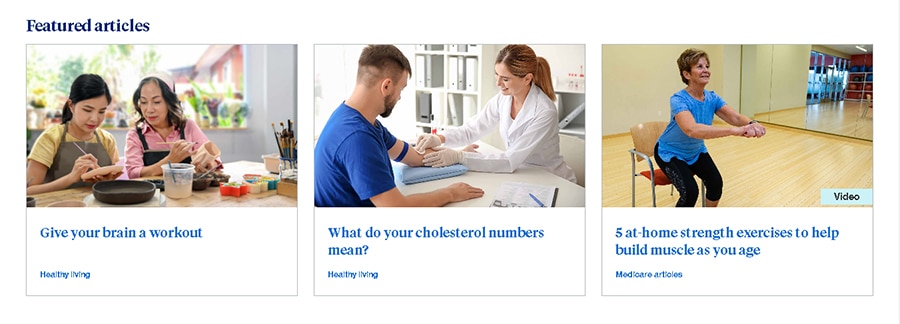Table of Contents
7 Best Healthcare Marketing Case Studies to Learn From

Developing productive healthcare marketing strategies can prove challenging. On top of that, there’s an additional level of difficulty in the medical field: you need to respect your patient’s privacy and history, follow strict regulations, and maintain professionalism, all while trying to promote your practice and attract more patients. That’s why, in my opinion, learning by example from real-life healthcare marketing case studies can greatly improve your efforts and get the creative juices flowing.
To help you do just that, I’ve compiled and analyzed seven amazing marketing case study examples from the healthcare industry so you can see what makes certain strategies great and discover the amazing results they can help you obtain.
Let’s dive in, shall we?
Amazing Healthcare Marketing Case Study Examples to Keep an Eye On
Although hiring a seasoned healthcare marketing agency will help you a great deal (especially with more complex ideas, like video content), you can start dipping your toes in this world by developing some elementary strategies on your own. I’ll show you a mix of both elaborate and simple healthcare case studies so you can see the different choices available for your business and start thinking what’s your best course of action.
1. MedVector – Attract Investors with a Whiteboard Explainer Video
Raising funds and attracting investors is time-consuming and, honestly, quite difficult most of the time. You need a compelling hook to get their attention, solid arguments to convince them to partner with you, and a creative way to make them see what a great and innovative idea you want to bring to life.
MedVector came to us with this very challenge, which resulted in this healthcare marketing case study: a whiteboard animated explainer video that represents common obstacles doctors face and how the company can expertly solve them.
The result? Almost 3 million dollars were raised, and 555 investors participated in the project. The cartoon style allows animators to recreate realistic layouts and characters while keeping the video fun and engaging, so it was the perfect choice to convey a real-life scenario and showcase exactly how MedVector’s solution deserved a chance.
2. Carilion Clinic – Raise Awareness through Social Media
If you haven’t leveraged the power of healthcare social media yet, you’re not only missing out on a great opportunity, you’re also outdated. Everyone and their grandma uses at least one social platform every day, so it’s the best place where your patients are most likely to come across your practice.
The Carilion Clinic knew this very well, so they went one step further and used their Instagram profile to raise awareness in the community and encourage people to take action before a health problem becomes too severe.
What I loved the most about this particular healthcare case study is its simple yet powerful design. The background color is cohesive with Carilion Clinic’s branding efforts, and the text catches the audience’s attention and invites them to schedule a check-up in just one short sentence. This goes to show how you don’t need to invest thousands of dollars in developing your own strategy —a bit of elbow grease and some tutorials, and you can make your own awareness images in no time! Great starting point, in my opinion.
3. New York-Presbyterian Hospital – Develop a Great Website
More often than not, your patients will first look you up on the internet to learn more about your specialty, and what to expect about your practice before checking how they can book an appointment and deciding to choose you as their healthcare professional. Needless to say, to let them find all that information, you must design a website in the first place!
Of course, developing a website takes time and effort, so you might need the help of web design pros to achieve the results you want. But you can first get some great ideas from this healthcare marketing case study, New York-Presbyterian Hospital’s website:
Right off the bat, you can see several elements that help make the UX experience smooth and easy to manage —the search bar to find a doctor with filters for specialty or condition, address, and insurance company; the menu bar on top with different buttons for their services, locations, and an info hub for patients and visitors; and, last but not least, the chatbot to give personalized help for visitors who may have trouble finding what they’re looking for.
4. MMRF – Share Patient Stories
There’s nothing like a testimonial video from real-life patients to increase your prospects’ trust in your practice and let them hear first-hand why choosing you as their medical professional is the best decision they can make. At a time when they’re most likely in a vulnerable place, they need to know for sure that they’re choosing someone who’ll take care of them and treat them right, and there’s no better way to know that than by word-of-mouth.
The Multiple Myeloma Research Foundation has a video series of patient testimonials, each focusing on one patient and their unique journey dealing with the disease, as well as how the MMRF has helped them:
In this healthcare marketing case study example, what stands out is the focus on Martha’s story with her family and how photography is a very important part of her life —to MMRF, what truly matters is showing the positive impact they have made on Martha’s day-to-day life, putting patients at the forefront, instead of focusing solely on the disease or how innovative their treatments are.
5. National Jewish Health – Create Engaging Infographics
Creating and sharing helpful, educational content can be the key to your patient’s heart. It lets them know you’re interested in spreading your knowledge and expertise beyond the office for free, just for the sake of helping others.
One way to do so is by making your own infographics, as in this healthcare case study from National Jewish Health. Don’t worry, though, you don’t need to go all-in with the design and characters as they did —a simpler infographic can work just as well!
National Jewish Health has a whole section on its website dedicated to uploading infographics. All of them are easy to understand, even by those who aren’t knowledgeable about medical issues, and the format makes it perfect for sharing with the community to spread awareness on different topics. Once you create your own infographics, you can leverage them on social media as well as on your website, making the most out of them with little to no effort.
6. Thermo Fisher – Promote Your Product with an Animated Explainer Video
Promoting a medical product effectively can be more difficult than expected. There’s usually a lot of data and complex ideas you must convey, but the risk of boring your audience or, worse, confusing them is always present.
For this healthcare marketing case study, let’s analyze an animated explainer video we did to promote Thermo Fisher’s innovative and highly technical new product, the Thermo Scientific Nunc UpCell Surface.
The brand’s use of animation allows it to showcase how the product works at a microscopic level, so no information is compromised. Thanks to the combination of visual content and a solid voiceover explanation, even the most complex concepts can be easily seen and understood by the audience.
7. UnitedHealthcare – Engage Patients with Educational Content
To finish off this healthcare case studies list, let’s circle back to educational content, but this time in a format that allows more depth and explanation than the previous infographics example.
Educational content can come in many forms: images, videos, white papers, and more. But my personal favorite is blog content, where you can express yourself in as many words as you like, making a deep dive into different health topics and sharing all you know about them. This is what UnitedHealthcare does on their website’s News & Articles section:
The blog is divided into five categories: Benefits and Coverage, Community, Healthy Living, Medicare, and Newsroom. The content is diverse and caters to different issues and interests, so all their patients can get something useful out of browsing the page, even those people who don’t have UnitedHealthcare as their insurance provider. Once again, the focus is on sharing information just for the sake of it, letting the audience know that the company’s focus isn’t just on attracting new clients and earning more money.
Wrapping Up
Healthcare marketing case studies are the perfect way to learn by example before developing your own marketing strategies. Follow the steps of those who came before and create something even greater!
Of course, it’s easier said than done, but this doesn’t mean that it’s impossible. On the contrary, getting inspiration from other healthcare case studies can help you know what you want to achieve and how you want to do it right off the bat, saving precious time and resources on the way.
Now it’s time to get to work and start working on your next marketing strategy! I’m sure you’ll come up with something amazing.
